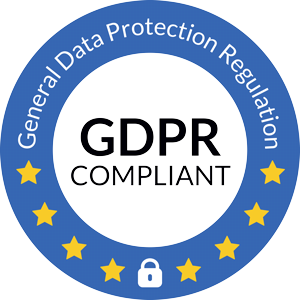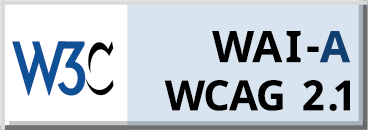You’ve done the hard part—sourcing, screening, and scheduling your final interview. But there’s a problem. The person who shows up doesn’t seem quite... real.
Welcome to the next threat in remote hiring: deepfake candidates.
The Rise of AI-Driven Interview Fraud
The interview process has always been about more than credentials—it’s about trust. And that trust is under attack. According to a recent CNBC report, companies are facing an alarming new trend:
These impersonations often go undetected until the candidate is on the job—or worse, after damage has been done.
- CNBC Report
This isn’t just the occasional fake resume. With tools now easily available to clone voices, faces, and even generate live video impersonations, some candidates are using AI to game the system and pass interviews they’re not qualified for. Check out the live video example below to see a deepfake interview in action.
Why the Risk is Higher Than You Think
Let’s be clear: this isn’t limited to small freelance gigs or gig platforms.
These impersonations have reached enterprise hiring, where the consequences are far more damaging. Imagine an unqualified hire in aviation compliance, medical diagnostics, or cloud security. The cost isn’t just a bad hire. It’s liability.
People are applying for jobs with fictitious resumes and sometimes even showing up for interviews using deepfake videos.
- Hayden Brown, CEO of Upwork.
The risk compounds when the entire hiring pipeline—from resume screen to final panel—happens remotely. And for globally distributed teams, that’s the new normal.
5 Subtle Signs That You’re Interviewing a Deepfake:
At Talview, we’ve studied hundreds of remote interviews across use cases—from high-stakes assessments to skill certifications. Here are the most common red flags:
- Lips and voice don’t sync – Especially during high-stress moments or when bandwidth fluctuates.
- Strange eye movement or blinking patterns – Too frequent, too perfect, or completely missing.
- Flickering or “ghost” edges on the face – Often due to poor deepfake rendering in real-time.
- Lighting that doesn’t match the environment – Shadows or reflections behave oddly.
- Rigid body language, no natural camera control – Candidate avoids moving, turning, or shifting.
What Traditional Tools Miss (And Why That’s a Problem)
Manual ID checks, resume reviews, or panel interviews aren’t built to detect deepfakes. Even experienced recruiters can miss signs in a high-pressure setting.
People are applying for jobs they are not qualified to do, and then they’re using AI to try to get the job anyway
- Brown Adds
By that point, it’s already too late.
How We’re Solving It at Talview
- Live + AI Proctoring: Detects face swaps, mask artifacts, and synthetic behavior in real-time.
- Secondary Camera Scans: Confirms physical presence using a second angle—remotely and securely.
- Multi-layer ID Verification: Cross-checks live images with government IDs and watchlists.
This isn’t about being invasive. It’s about protecting the integrity of your process—without slowing it down.
What CHROs & Talent Leaders Should Do Now
- Embed identity verification early (before live interviews).
- Train panels to recognize synthetic behavior, not just answer quality.
- Layer in technology that scales with your hiring volume.
- Conduct random spot checks or use live proctor agents for sensitive roles.
Trust is your strongest hiring asset. But it can’t be built on face value anymore.
.jpg)






Leave a Reply